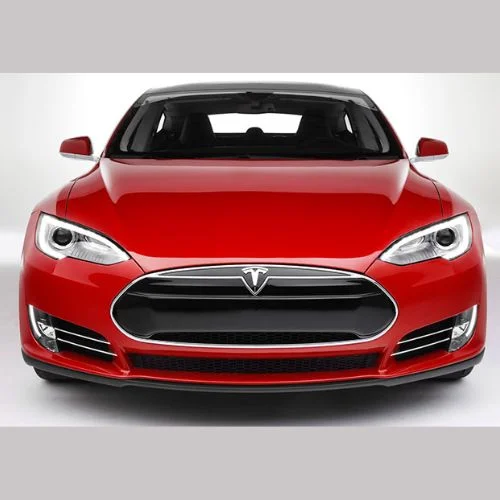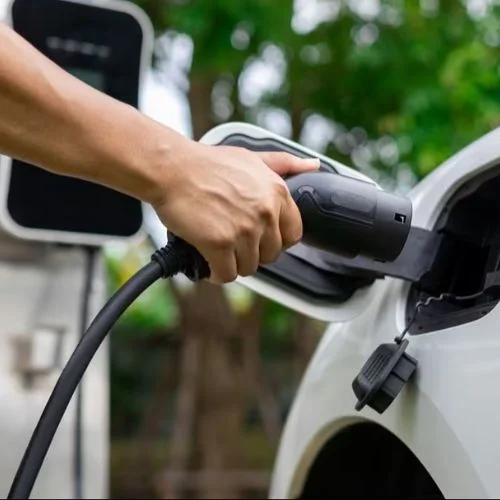Sales of electric vehicles are increasing due to a combination of political support, improved battery technology, improved charging infrastructure, and new attractive models from automakers.
Automakers are focused on building a vast infrastructure for electric vehicles, along with the batteries and raw materials that support their production.
To support this unprecedented level of electric vehicles, automakers and their battery partners plan to deploy 5.8 terawatt-hours of battery production capacity by 2030, according to Benchmark Mineral Intelligence and manufacturer data.
Japan’s Toyota Motor Corp. is investing $70 billion in vehicle electrification and battery production and expects to sell at least 3.5 million battery electric models (BEVs) in 2030. They are planning at least 30 different BEVs in order to function the entire Lexus lineup to battery power during that time.
Ford Motor Co continues to increase its spending on new electric vehicles, now reaching $50 billion, as it aims to produce about 3 million electric vehicles by 2030.
BMW, Stellantis, and General Motors each plan to spend at least $35 billion on electric vehicles and batteries, with Stellantis launching the most forceful battery program by 2030, working with partners, he plans an accommodation of 400 GWh, including his four plants in North America.
Tesla has yet to fully disclose its spending plans, but a 13-fold increase from the estimated 1.5 million vehicles it hopes to sell this year could cost Tesla hundreds of billions of dollars, according to a Reuters analysis.















